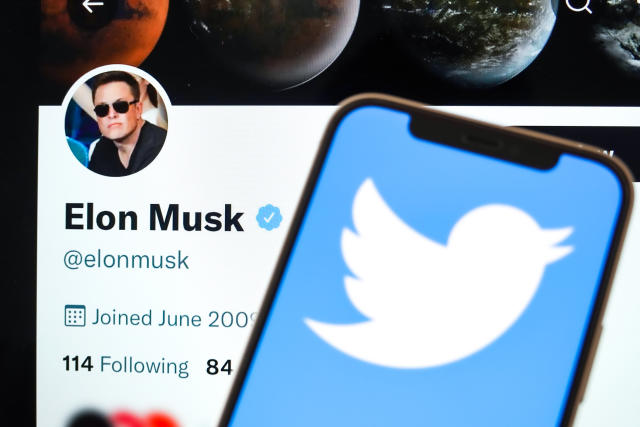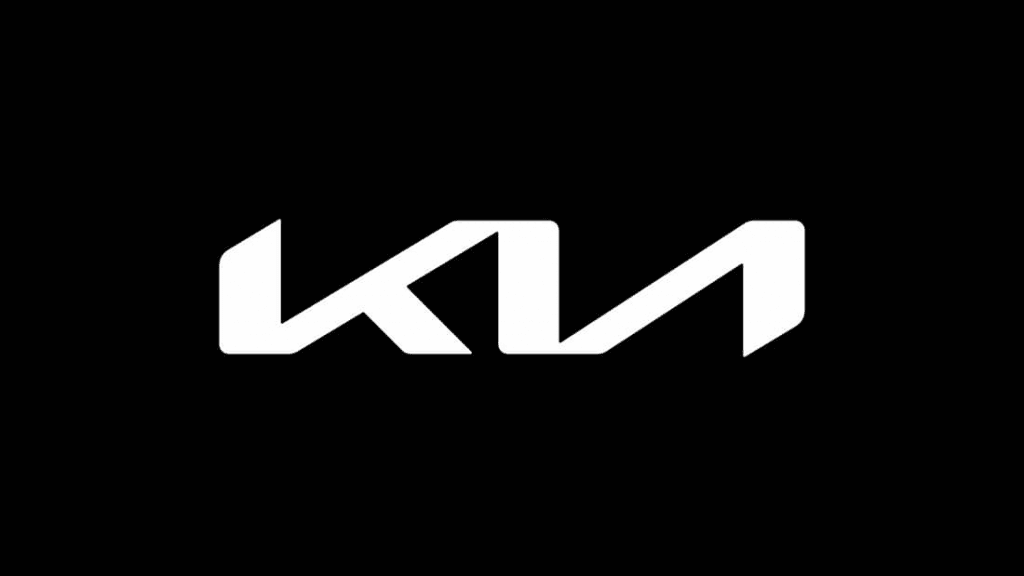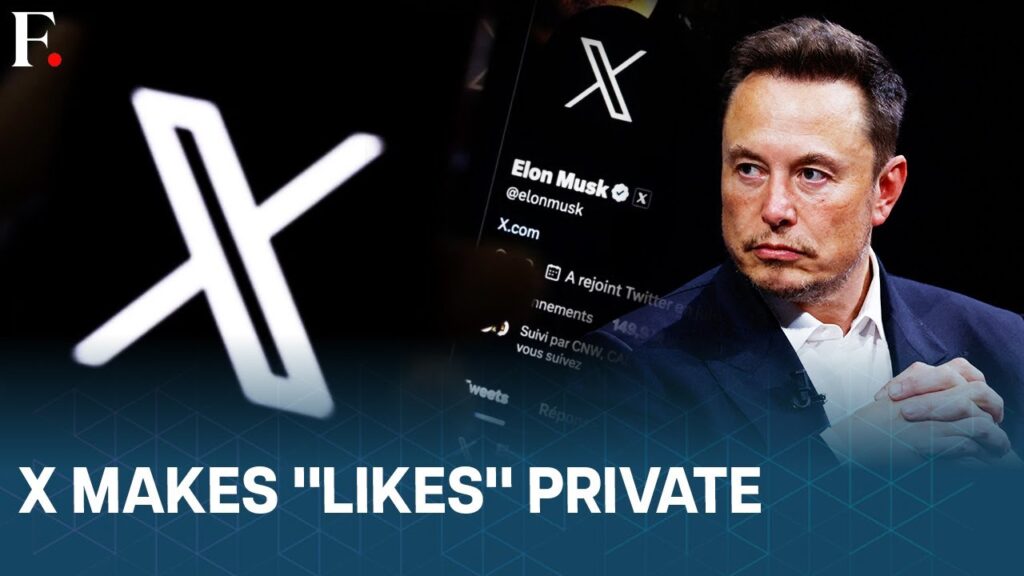Twitter Inc. quietly announced its demise in a court filing on Tuesday, April 4. Right-wing provocateur Laura Loomer is suing the corporation, claiming it broke federal racketeering laws when it suspended her account in 2019. Loomer is back on Twitter, and her frivolous lawsuit is doomed to fail.
However, as a defendant in the case, Twitter must continue to file corporate disclosure filings with the court until the case is dismissed. For this reason, in its most recent report, the business stated: “Twitter, Inc. has been merged into X Corp. and no longer exists.” X Corp. is now named as a defendant in Loomer’s claim as the “successor in interest” to Twitter Inc. X Holdings Corp. is the company’s parent company.


Rebranding Twitter as X Corp.
It’s confusing to make sense of Musk’s decision to rebrand Twitter as X Corp. (Twitter, as is its recent habit, replied with a poop emoji when asked for comment.) The fact that Elon Musk now controls both Twitter and X Holdings Corp. has not been made public. But it seems to have been on his mind ever since he started planning his acquisition of the social media firm. Musk formed the three Delaware corporations X Holdings I, II, and III in April 2022 in order to complete the purchase of Twitter. According to the terms of the agreement, a merged Twitter and X Holdings II would continue to do business under Delaware law and preserve the Twitter name and organizational structure.
After the merger, Musk’s X Holdings I would act as the parent firm, while X Holdings III would assume the $13 billion loan that a consortium of major banks extended to Musk to help finance the $44 billion acquisition. Twitter has demanded in its lawsuit against Musk that X Holdings I be created “solely for the purpose of engaging in and arranging to finance for, the transactions.”
Now comes the exciting part. The merger of X Holdings II and Twitter would result in the dissolution of X Holdings II as a separate legal entity, as stipulated in the merger agreement. Following Musk’s acquisition, the corporate structure became as follows: X Holdings I manages Twitter Inc., while X Holdings III is responsible for finances. According to Nevada records, this specific arrangement has ended.
“Twitter Inc.” is Effectively Dissolved
On March 9, Elon Musk filed X Holdings Corp. and X Corp. using the Nevada Secretary of State’s online business portal. The next day, March 15th, Musk filed paperwork to merge X Holdings I with X Holdings Corp., and Twitter Inc. with X Corp. In the latter, “Twitter Inc.” is effectively dissolved as a Delaware corporation because the merger agreement requires X Corp. to buy Twitter in its entirety. It is now a division of X Corporation, owned by X Holdings Corporation, a $2 million conglomerate. This effectively puts an end to X Holdings I as well. Nevada has replaced Delaware as the legal home of X Holdings Corp. and X Corp. (An unnamed SPAC trader tracker appears to have been the first to report this.)
About three weeks after X Corp. was formally established in Carson City, the reorganization was accepted in the Loomer case. There appears to be no public announcement or even notation of the transition in any legal papers as of yet. “Twitter Inc.” is currently embroiled in a number of lawsuits, including one filed by former employees who claim Musk violated labor laws when he fired them en masse last fall and another filed by the entire country of India over censorship concerns. As far as we can determine, none of those situations have been updated to reflect Twitter’s rebranding as X Corp.
Why then does Nevada play host to X Corp. and what really motivates its formation?
There may be some clues in the history of Musk.
Even beyond the names of his children, the letter X has always held a special significance for Elon Musk. He started the online bank X.com in 1999, which later combined to form PayPal. SpaceX, Tesla’s Model X automobile, the three X Holdings firms, and “Project X,” the official SEC name for the $13 billion bank loan used to purchase Twitter, all feature the letter.
After Musk finalized his October Twitter acquisition, he said the deal would “accelerate” the development of an “everything app” that would be called, you guessed it, X. Musk has said that the features of Twitter would play a significant role in a future “super app” that would be similar to China’s WeChat, a combination messaging/social networking/payment app that counts a billion users.
There’s also the possibility that X isn’t so much an app as it is firm. Late in 2020, YouTuber and Tesla investor Dave Lee suggested that Musk “form a holding company called X” to act as the “parent company of Tesla, SpaceX, Neuralink, and Boring Company.” (To which Musk replied, “Good idea.”) Given that Musk has launched several of his major ventures in Nevada, his decision to establish X Corp there is very noteworthy.
Musk Threatened to Relocate Tesla’s Headquarters
Before announcing the $3.6 billion expansion of the facility earlier this year, Musk established a Tesla Gigafactory in Reno in 2016 to create batteries for electric vehicles. Several of Musk’s Boring Company’s projects, including the transportation tunnel set to open under the Las Vegas Convention Center in 2021 and the Vegas Loop, are located in the Silver State as well. Musk threatened to relocate Tesla’s headquarters out of California in 2020 because of the state’s pandemic-shutdown policies, initially considering Nevada but ultimately opting for Texas. With this latest registration, Musk has at least three Nevada-based enterprises under his control, and one of them is now a subsidiary of his parent company, X.
Musk’s X will have a challenging future regardless of what he does. A tech-skeptical Congress, together with regulatory agencies like the Federal Trade Commission that are currently adopting a tougher stance against tech monopolies, would surely keep a careful check on an American counterpart of WeChat. Investors could be upset if Musk tries to consolidate all of his businesses under X Holdings. For the time being, at least, his Twitter feed is simply going to attract more attention, which makes the large X he just put on it all the more appropriate.




